Dallinghoo Treasure
In ‘County Folk-Lore: Suffolk’ (1893), Lady Camilla Gurdon gives the following story ‘Beneath a post of a high gate in Dallinghoo lies a hidden treasure; the ghost of its former owner haunts the spot and twelve clergymen have unitedly failed to lay the spirit.’

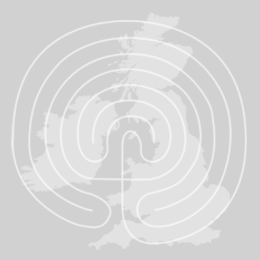
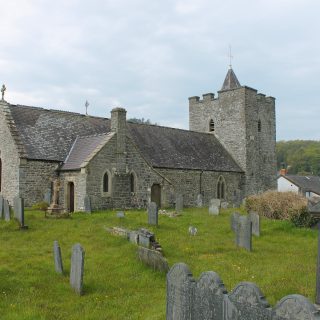
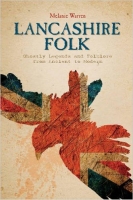
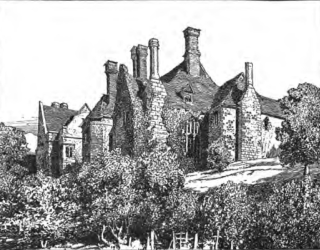
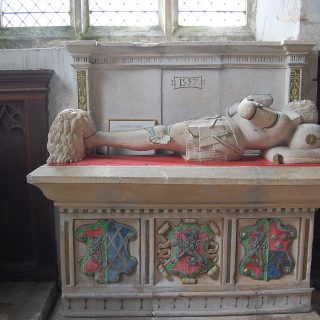
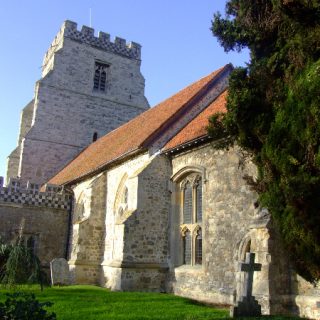
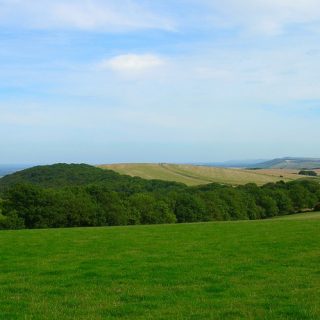
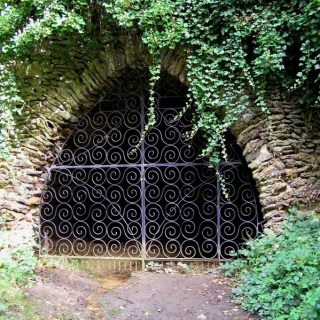
Recent Comments